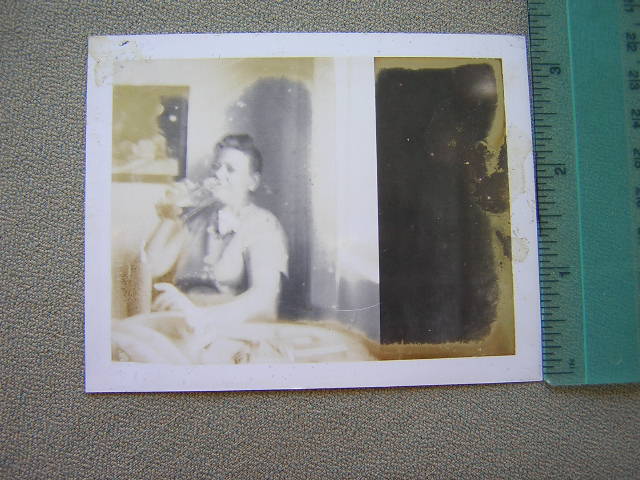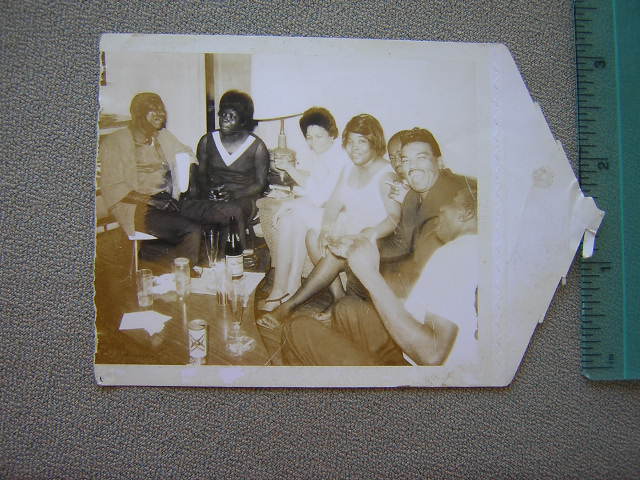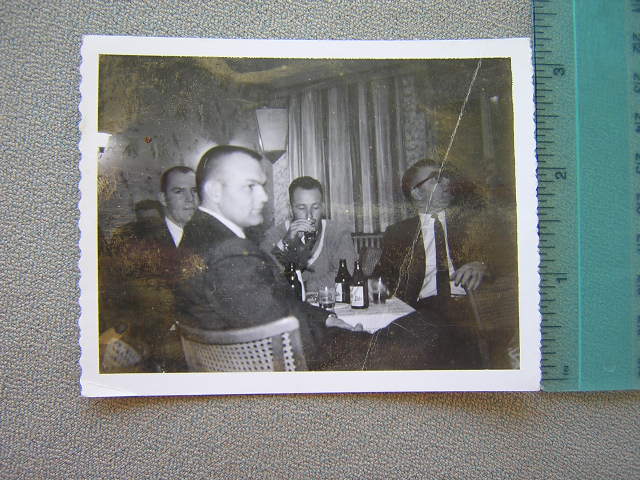Schwarz
View current page
...more recent posts
Early film-makers delighted in capturing cities on screen. Their work takes us on a tram ride back in time, says Patrick Keiller . Until the mid-1900s, most films were one to three minutes long, and consisted of one or very few unedited takes. The Lumière company's films, for example, are typically 48 to 52ft long and last about a minute. They were made by exposing a complete roll of film, usually without stopping. Most were actualities, not fiction. Cinematographers would sometimes pause if there was a lull in the action, or if the view was blocked, but other kinds of editing were unusual. The reconstruction of time by joining individual shots together was an aspect of film-making that began to dominate only after about 1907.
Shigeru Ban is called the "paper architect." Mister Ban is an architect in Tokyo known for his designs of temporary shelters made of paper. Many of his designs, such as the "Paper Log House," are built with used cardboard tubes.
Mister Ban designed such houses for people in Kobe, Japan, after the nineteen ninety-five earthquake there. He also designed a community gathering place. More recently, his paper houses provided shelter for people in Turkey and India after earthquakes hit those countries.
screen goo via alex
also ran : shoe goo
gunge : read at your own risk

(untitled) polaroid

(untitled) polaroid

(untitled) polaroid
There are three stories about where the first demolition derby was held. Islip Raceway (Long Island, NY), Hales Corner Raceway (Hales Corner, WI), and an unknown town in Ohio. The first and only story with creditable proof is that Larry Mendelson, a 28 year stock car racer noticed that the most cheering and excitement happened when cars crashed. He held the first demolition derby in 1958 at Islip Raceway. Another story is that Hales Corner Raceway had held a demo years previous to Islip. According to legend, 'Crazy Jim' Groh had a few too many cars on his dealership lot. So he got a few people to drive them as a promotion. The only other proof to back this story are the Happy Days episodes 64, 64, 66 'Fonzie loves Pinkie ...got 24 bucks?
walls of new york
In the immediate aftermath of 9/11, Fareed Zakaria wrote a 6,791-word cover story for Newsweek titled "Why Do They Hate Us?" Think how much effort he could have saved if he'd waited a few years. As we learned last week, the question of why they hate us can now be answered in just one word: Newsweek.
"Our United States military personnel go out of their way to make sure that the Holy Koran is treated with care," said the White House press secretary, Scott McClellan, as he eagerly made the magazine the scapegoat for lethal anti-American riots in Afghanistan. Indeed, Mr. McClellan was so fixated on destroying Newsweek - and on mouthing his own phony P.C. pieties about the Koran - that by omission he whitewashed the rioters themselves, Islamic extremists who routinely misuse that holy book as a pretext for murder.
That's how absurdly over-the-top the assault on Newsweek has been. The administration has been so successful at bullying the news media in order to cover up its own fictions and failings in Iraq that it now believes it can get away with pinning some 17 deaths on an errant single sentence in a 10-sentence Periscope item that few noticed until days after its publication. Coming just as the latest CNN/Gallup/USA Today poll finds that only 41 percent of Americans think the war in Iraq is "worth fighting" and only 42 percent think it's going well, this smells like desperation. In its war on the press, this hubristic administration may finally have crossed a bridge too far.
Let's stipulate flatly that Newsweek made a serious error. For the sake of argument, let's even posit that the many other similar accounts of Koran desecration (with and without toilets) by American interrogators over the past two years are fantasy - even though they've been given credence by the International Committee of the Red Cross and have turned up repeatedly in legal depositions by torture victims and in newspapers as various as The Denver Post and The Financial Times. Let's also ignore the May 1 New York Times report that a former American interrogator at Guantánamo has corroborated a detainee's account of guards tossing Korans into a pile and stepping on them, thereby prompting a hunger strike. Why don't we just go all the way and erase those photographs of female guards sexually humiliating Muslims (among other heinous crimes) at Abu Ghraib?
Even with all that evidence off the table, there is still an overwhelming record, much of it in government documents, that American interrogators have abused Muslim detainees with methods specifically chosen to hit their religious hot buttons. A Defense Department memo of October 2002 (published in full in Mark Danner's book "Torture and Truth") authorized such Muslim-baiting practices as depriving prisoners of "published religious items or materials" and forcing the removal of beards and clothing. A cable signed by Lt. Gen. Ricardo S. Sanchez called for interrogators to "exploit Arab fear of dogs." (Muslims view them as unclean.) Even a weak-kneed government investigation of prison abuses (and deaths) in Iraq and Afghanistan issued in March by Vice Adm. Albert T. Church III of the Navy authenticated two cases in which female interrogators "touched and spoke to detainees in a sexually suggestive manner in order to incur stress based on the detainees' religious beliefs."
[....]
